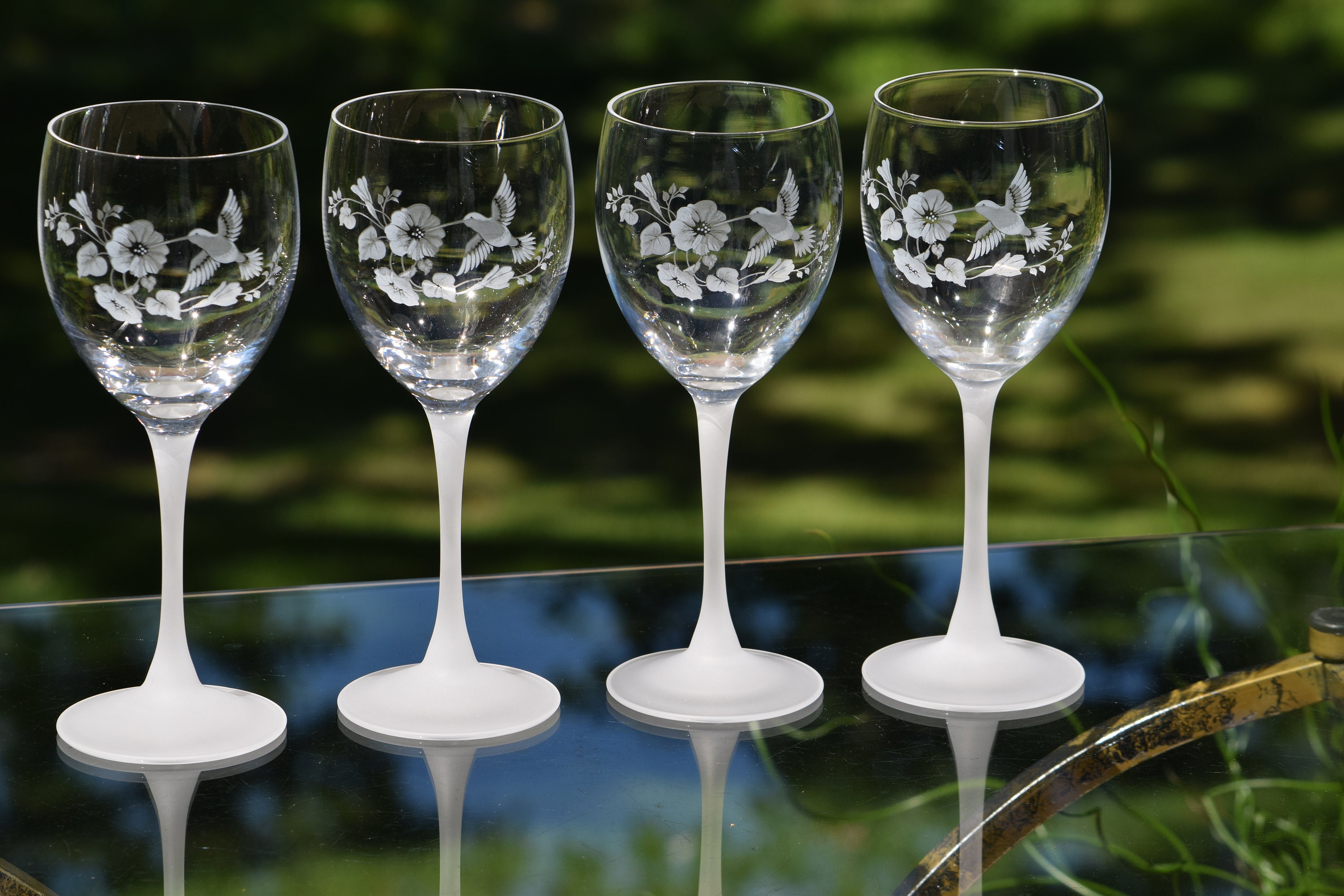

The Novy Bor Glass Museum has a large selection of both historical glass fashioned after the forest glass of the 16th and 17th centuries and copies of painted glass from the 19th and 20th centuries. The Kamenicky Senov Glass Museum has a particularly nice grouping of liStovane, originally made by Franz Heide and by Jilek Brothers in the early 1900s. In Prague, the Arts & Crafts Museum has a fine selection of articles that nearly equal some Loetz designs produced between 19. Museum gift shops usually stock a fine collection of replica glass, often reminiscent of the type of glass traditionally produced in the area. Over and over glass has proven that grand designs are timeless. Legends such as Vera LiSkova, Ludvika Smrckova, Stanislav Libensky and Pavel Hlava created designs that will still be in production 100 years from now. The 1950s saw an explosion of artists who either specialized in glass only or provided designs for glassmakers on an occasional free-lance basis.

The Exbor Studios had its beginning as the Lobmeyr workshop in Kamenicky Senov it moved to Novy Bor and was incorporated into Egermann-Exbor in 1962. The Moser firm in Karlovy Vary produces innumerable designs dating back to 1900 and occasionally even earlier. Today it is being produced by Ornela under the Desna label. The glassware produced by Heinrich Hoffmann and Henry Schlevogt in the 1930s is still immensely popular. Museums and collectors often use his work as substitutes for vintage examples that cannot otherwise be obtained. He faithfully copies the original with only the slightest change to set his work apart. Hortensky (of Novy Bor and Kamenicky Senov) has worked closely with the Glass Museum in Novy Bor and others to produce replicas of Biedermeier and Rococo beakers. One of the most accomplished painters in the Czech Republic is JiYi Hortensky. Sometimes replicas occur as the whim of one particular person to challenge the past, but it also happens that a particular style will come back into fashion after 75 or 100 years: neo-classicism, neo-rococo and Second Biedermeier are all fashions that have had a successful revival. There can be no doubt that the Art Nouveau and Art Deco glass made by Harrach and Loetz will serve as models for glass makers for many years to come. The swartzlot (black) paintings of Ignatz Preissler have been replicated by every generation of painters for 200 years. Even so, Friedrich Egermann–one of the foremost glass innovators of his time–produced painted glass in the style of his predecessors Kothgasser and Mohn, who decorated glass in Vienna. This form of art glass has been in continuous production since the early 1830s.īohemian glass made between 17 can compete favorably with the glass industry of any country. Another example of classic Bohemian glass technology is overlay glass, cut to reveal the underlying color(s). Nor has the white, high enamel technique depicting human, animal and floral motifs (painters call this high enamel "plastic"). Some of the Egermann-style, red-stained engraved glass has changed very little in the past 100 or more years.

Art glass galleries also include products designed by top glass artists but produced in smaller glass houses, such as that of Beranek or Ajeto.Ĭzech glass companies keep glass products in production for many years. If you visit any large showroom in the Czech Republic today, you will find designs by such avant-garde artists as Vladimir Klein (Crystalex), Erika Houserova and JíYí Suhajek (Moser), and Paval Hlava (Egermann Company). Research facilities constantly produce new formulas and techniques for the entire spectrum of the glass industry: industrial, laboratory, architectural and hollow glass. Glass school students are well grounded in 18 th and 19 th century techniques, as well as those that are the most advanced. We have said many times that the Bohemian glass industry keeps one eye on the past and one eye on the future. As Ronald Reagan used to say: "Trust, but verify." But an uninformed or dishonest seller can pass replicas off as vintage. We use the term "replica" to describe glass that is a copy of an older design, with no intent to deceive the buyer–usually there is some small difference between them. Bohemian Glass Reproductions of Old Designsĭefining "reproduction," "replica" and "vintage" glass is a challenge in itself.


 0 kommentar(er)
0 kommentar(er)
